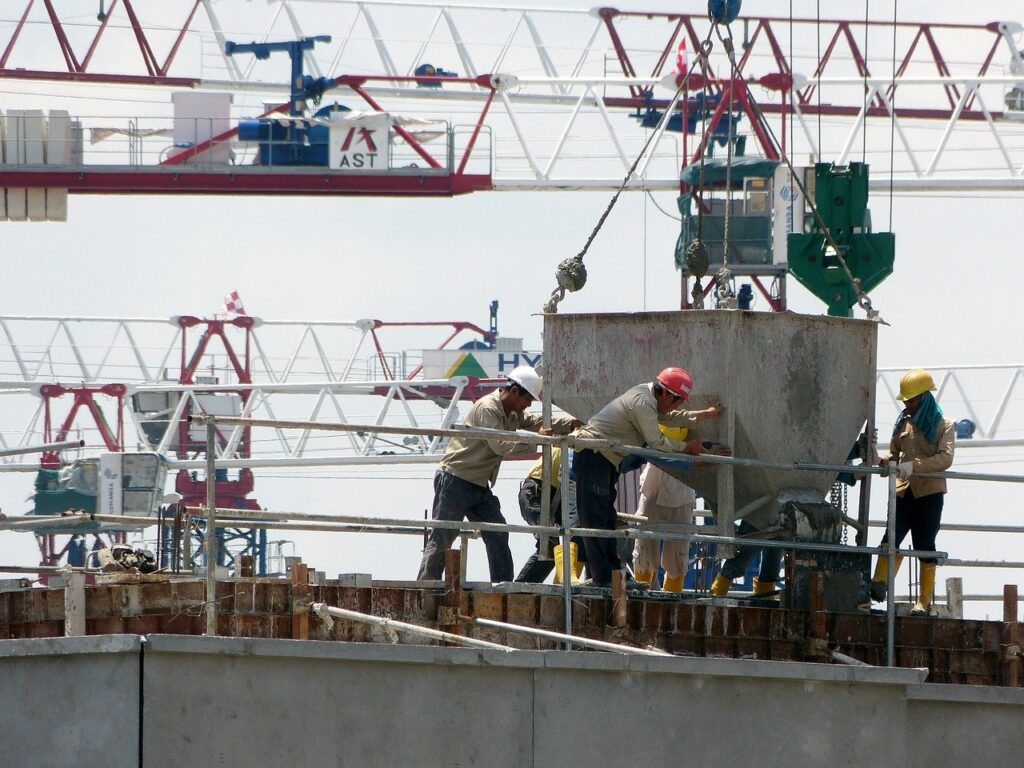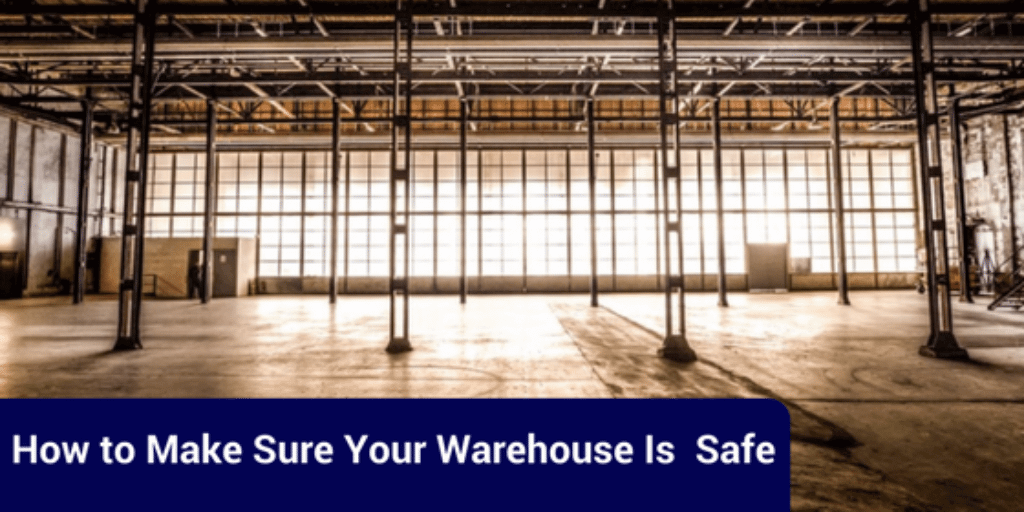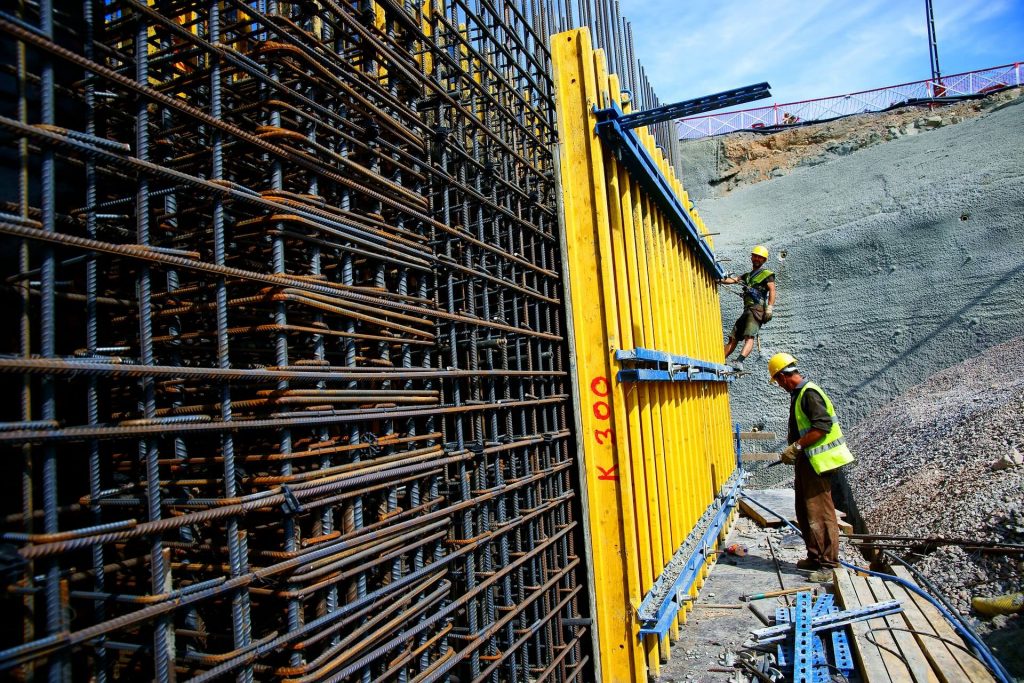A value chain in construction is a type of business model that includes all the different activities that are needed for the project. Within the construction industry, a value chain is created to ensure that a project is successful from the planning stages, all the way to the completed and approved building structure.
It is necessary to utilize a value chain in construction because it ensures the project delivers the maximum value for the least amount of money. Of course, it also ensures the most profits.
Primary Value Chain Activities in Construction
There are five main activities within the value chain in construction, as well as two other activities that are not always necessary for every project. The five main activities include:
- Raw Materials – These are the materials that will be used within the construction project.
- Product Manufacturing – This includes all the manufacturers that are used throughout the project.
- Design and Engineering – The design and engineering section of the value chain includes the building owner, architects, and engineers.
- Construction – The construction phase will also include the architects and engineers, but all the contractors that are used as well.
- Operations and Maintenance – Operations and maintenance includes any maintenance companies that are used, the building owner, and anyone who occupies the building.
The other two value chain activities within construction can include demolition of older buildings before the new construction can begin and the renovation of a building that is already built and in use.
The goal of the value chain activities in construction is to ensure that everything works smoothly until the entire project is complete. Oftentimes, there are organizational structures and control systems in place to ensure nothing gets left out. Technology plays a huge part in the value chain in construction, but so do the employees that are hired to do the work.
The Potential of Additional Value that is Created from the Value Chain in Construction
When a value chain is used within the construction industry, there is expected to be additional value added to every project that is completed. Buildings can last fifty years or even longer past their original timeline when a value chain is implemented. Buildings are also more energy-efficient, which saves even more money and resources in the long-term.
Challenges within the Value Chain in Construction
Unfortunately, there are many different challenges that everyone needs to be prepared for when it comes to using the value chain in construction. Those challenges include the following:
- Climate change – Environmental concerns, as well as the measures continuously being introduced to reduce the carbon footprint of buildings.
- Demographic changes – The number of people inhabiting a building is continuously growing and that means buildings need to be constructed differently. Also, not as many young people are entering the construction industry and that means it will take longer for projects to be completed.
- Technology changes – Creating and designing buildings is rapidly changing, due to all the advancements in technology. This does affect all the non-technological features within the value chain in the construction industry.
- Economy changes – There are stricter requirements for mortgages, as well as a higher caution when it comes to people willing to invest their money. Add in the fact that it is getting more and more difficult to find affordable housing, and buildings, and the value chain does not work as well as it should.
- Energy supply changes – All buildings and homes are supposed to use less energy in the future, but that affects how this activity is implemented within the value chain in construction.
- Globalization changes – There has always been stiff competition in the construction industry, but all the higher standards are causing some jobs to be given to those overseas. After all, if they can create materials and other items that are higher quality at a lower price point, businesses would be crazy to not give them their business.
Steps Needed to Perform a Value Chain Analysis
It is important for every construction company to do a value chain analysis to ensure that it is working as best as it should. The steps that are needed are fairly straightforward, and easy, so there are no questions of where improvements need to be implemented and where other changes should be made.
- Identify All the Activities within the Value Chain
The very first step is to identify all the activities that are included within the value chain in construction. There are usually between five and ten activities within this step, depending on the job and how much works needs to be completed.
- Analyze All the Activities within the Value Chain
Once the activities within the value chain in construction are known, it is best to analyze them to see if any improvements or changes need to be made. Sometimes, this analysis is as simple as doing a few calculations to see what the profits and extra savings are. However, there are times when these calculations are not as easy, and a person may need to work the numbers multiple times before they get the true numbers they need.
- Consider the Potential Improvements that are Needed
Almost every value chain in construction can be improved, so this step will almost always be ongoing. Sometimes the answer for improvements is as simple as providing additional support for the project at hand. However, other times, you must add features, increase prices, reduce costs, or increase the value of your brand in order to see the results you want.
The disadvantage of Using Chain Values in Construction
There are not too many disadvantages to using chain values in construction, but there is one that stands out every single time. That disadvantage is the fact that many companies will lose their vision and strategy because they are too focused on the numbers and the different segments that are required for chain values in the construction industry.
Some people dislike using chain value in construction, for the simple reason that they do not want to lose out on the vision they have for their company. However, the value chain is quite important in this industry, so we urge everyone to consider using it in some form for every project they do.




